Blog
-
All About Jikatabi - Ninja Traditional Japanese Footwear
- On 04/07/2024
- In Jikatabi
- 0 comments
 Dive into the fascinating world of jikatabi, the traditional Japanese footwear that perfectly blends history and modernity. In this article, we explore in detail the origins of jikatabi, their unique design, and their importance for Ninjutsu practitioners.
Dive into the fascinating world of jikatabi, the traditional Japanese footwear that perfectly blends history and modernity. In this article, we explore in detail the origins of jikatabi, their unique design, and their importance for Ninjutsu practitioners.Discover how the toe separation and robust materials make jikatabi essential for agile and precise movements. Learn the key differences between jikatabi and tabi, and why jikatabi are preferred for outdoor activities and martial arts.
We will also present the various styles and designs available and how they are tailored to the specific needs of modern ninjas. With testimonials from Ninjutsu practitioners and maintenance tips to extend the life of your jikatabi, this article is a comprehensive guide to choosing the perfect pair.
Join us on NinjutsuShop.com to explore our wide selection of jikatabi and find the one that will accompany you in your training and daily life. Whether you are a Japanese culture enthusiast or a dedicated Ninjutsu practitioner, this guide is for you!
Read the full article to learn all about jikatabi and how they can transform your Ninjutsu practice.
-
SAMUE
- On 15/03/2024
- In Samue
- 0 comments
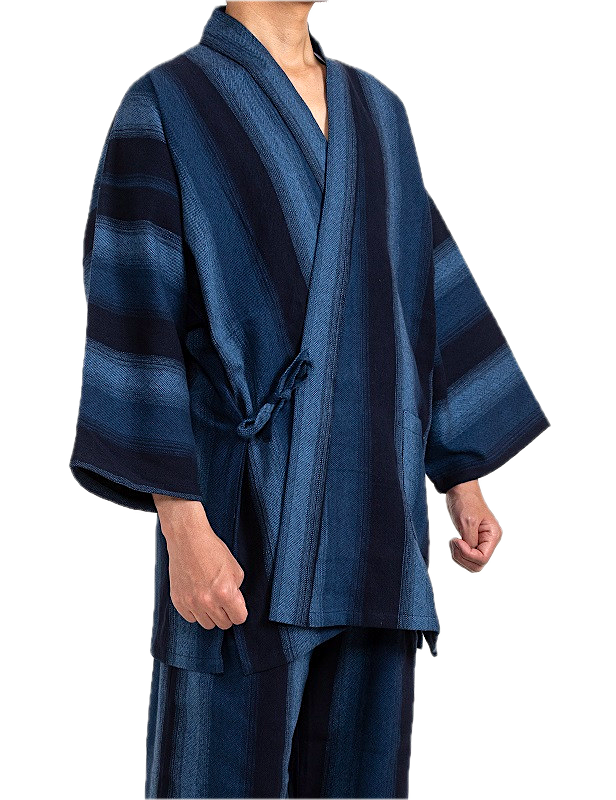 Discover everything you need to know about the Japanese Samue in our exclusive article! Dive into the history, significance, and craftsmanship behind this iconic traditional garment. Learn how the Samue embodies the very essence of Japanese culture, combining elegance, comfort, and a philosophy of life. Don't miss this opportunity to immerse yourself in the fascinating world of the Japanese Samue and discover its spiritual and practical implications. Whether you're a meditation enthusiast or simply in search of a versatile garment for your everyday life, this article offers enriching insights and stylish tips on how to incorporate the Samue into your life. Explore with us the subtle nuances of its colors, the details of its construction, and the way it continues to influence contemporary fashion and spirituality. A cultural and aesthetic journey awaits you!
Discover everything you need to know about the Japanese Samue in our exclusive article! Dive into the history, significance, and craftsmanship behind this iconic traditional garment. Learn how the Samue embodies the very essence of Japanese culture, combining elegance, comfort, and a philosophy of life. Don't miss this opportunity to immerse yourself in the fascinating world of the Japanese Samue and discover its spiritual and practical implications. Whether you're a meditation enthusiast or simply in search of a versatile garment for your everyday life, this article offers enriching insights and stylish tips on how to incorporate the Samue into your life. Explore with us the subtle nuances of its colors, the details of its construction, and the way it continues to influence contemporary fashion and spirituality. A cultural and aesthetic journey awaits you! -
Ninja Haori
- On 04/01/2024
- In CLOTHING
- 0 comments
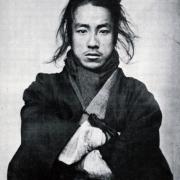 Everything to know about the Ninja Haori
Everything to know about the Ninja Haoriaccording to Japanese writings
The mystery and ingenuity define the world of ninjas, a key aspect of Japanese history and culture. This article explores an essential element of ninja equipment: the Ninja Haori. More than just a garment, the Ninja Haori symbolizes the cunning and adaptability that characterize these legendary figures.
-
To know all about Ninja Tabi Socks
- On 12/04/2023
- In Tabi
- 0 comments
Ninja Tabi - All About Ninja Tabi Socks
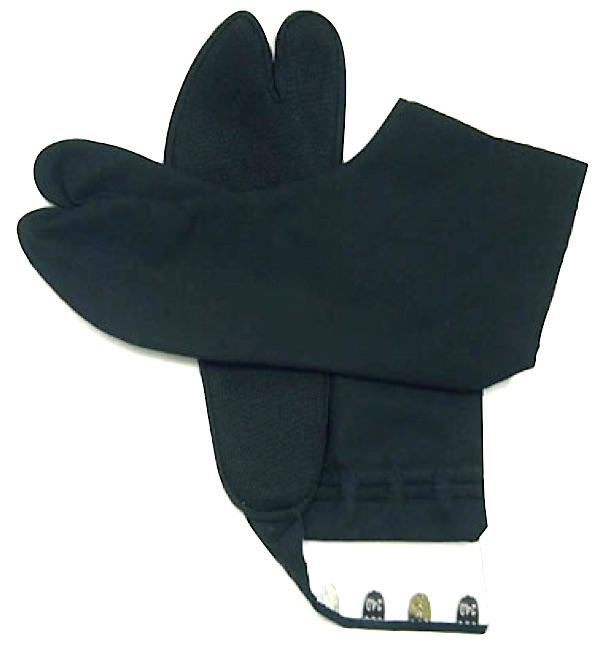 The word "足袋" (tabi) is a combination of two kanji characters: "足" and "袋".
The word "足袋" (tabi) is a combination of two kanji characters: "足" and "袋".足 (Ashi): This kanji means "foot" or "leg." It is used in various contexts related to feet, walking, or legs.
袋 (Fukuro): This kanji means "bag" or "pocket." It refers to something that can contain or enclose objects.
Together, "足袋" (tabi) literally translates to "foot bag," referring to the traditional Japanese socks or footwear with a separated toe that cover and protect the feet, similar to a bag or pocket.
Historically, tabi were essential items worn by people of various social classes in Japan, designed to provide both comfort and practicality. The separated toe design allowed for better stability and agility, making them particularly suitable for activities such as martial arts, including ninjutsu, as well as everyday tasks.
Traditional Stealthy and Functional Socks
Tabi were once essential attire for nobles, samurai warriors, and medieval Japanese ninjas. Designed for stealth, they were often dark in color (khaki, midnight blue, ochre, black) to blend into the darkness. Minimalist in design, encompassing the entire foot, these socks offered comfort and functionality. Their thin soles allowed for silent walking, while their excellent grip made them ideal for slippery surfaces.
-
Men's Haori
- On 03/01/2023
- In Haori
- 0 comments
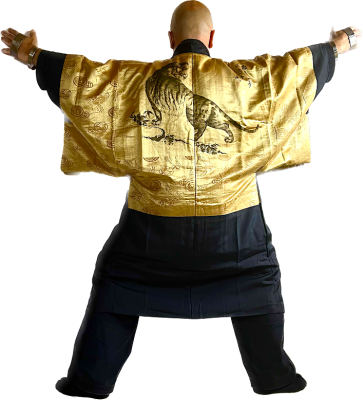 All about the Men's Haori
All about the Men's HaoriThe Haori word which comes from Japanese literally meaning feather weaving
(feather Ha 羽. Weaving Ori 織)
The Japanese haori is a short knee-length kimono jacket with wide sleeves (see the photo opposite) and is traditionally adorned according to the models of 2,3 or 5 family coat of arms or samurai clan called Mon 紋, Kamon 家紋 or Montsuki 紋付In accordance with Japanese tradition, originally haori is made of hemp, linen or thick silk taffeta of high quality "Habutae" weaving.
-
Choosing the Right Jikatabi for Your Ninjutsu Practice
- On 27/07/2024
- In Jikatabi
- 0 comments
Choosing the right pair of Jikatabi for your Ninjutsu practice can make all the difference in your performance and comfort. With so many options available, it can be overwhelming to decide which model suits your needs best. In this article, we provide a detailed comparison of the Saibu, Saiki, and Saisui models, highlighting their unique features, strengths, and ideal uses. Whether you're training in the forest, mastering parkour, or perfecting your kicking techniques, our guide will help you make an informed decision. Read on to find out which Jikatabi will elevate your Ninjutsu practice to the next level.
-
What are the Differences Between Tabi and Jikatabi?
- On 20/07/2024
- 0 comments
Discover the essential distinctions between Tabi and Jikatabi, two types of traditional Japanese footwear, in this article. By exploring their history, design, and uses, you'll understand why each pair is unique. Whether you're a ninjutsu practitioner, a Japanese culture enthusiast, or simply curious, this article will guide you to make the perfect choice based on your needs. Dive into the world of traditional Japanese shoes with our NinjutsuShop and find the ideal pair for you!
-
Zen Samue + Ninja Tabi Set | Ninpo Seishin | Exclusive Promotion
- On 25/02/2024
- In Samue
- 0 comments
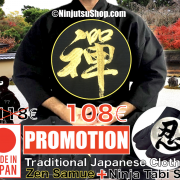 Discover the authentic essence of Japanese tradition with our special 'Samue Zen + Tabi Ninja Made in Japan' set! Dive into this article to explore the details of this emblematic ensemble, its essential role in Ninpo Seishin practice, and our exceptional promotion. Click now to learn more about this unique cultural heritage!
Discover the authentic essence of Japanese tradition with our special 'Samue Zen + Tabi Ninja Made in Japan' set! Dive into this article to explore the details of this emblematic ensemble, its essential role in Ninpo Seishin practice, and our exceptional promotion. Click now to learn more about this unique cultural heritage! -
What is a Japanese haori for men?
- On 31/12/2023
- In Haori
- 0 comments
The Haori, a symbol of ancient Japan, is inseparable from the world of the Japanese warrior and Ninjutsu. Originally reserved for samurais, it evolved to be embraced by all social classes. In its modern Ninjutsu training version, crafted from sturdy cotton, it provides freedom of movement. Sleeveless or with short sleeves, it is then called "juban."
The Ninjutsu training Haori often displays the crest of the family's clan or school. Practitioners express creativity in the patterns, featuring representations of reptiles, demons, or fantastical creatures from Japanese folklore.
Beyond its traditional and historical aspects, the Haori also offers undeniable practical qualities for martial arts practice. Crafted from sweat-absorbing materials like cotton, it allows training without constraints.
During rank promotions or formal demonstrations, martial artists proudly don the ceremonial Haori. This refined version, made of silk or linen, often showcases personal emblems or the school's crest. As a true martial uniform, the ceremonial Haori elevates the warrior's presence.
Whether you are a beginner or a seasoned fighter, the Haori in all its forms is an essential part of the equipment for any Ninjutsu practitioner. A traditional piece with practical qualities, the Haori also serves as a visual reminder of Japan's martial heritage.

